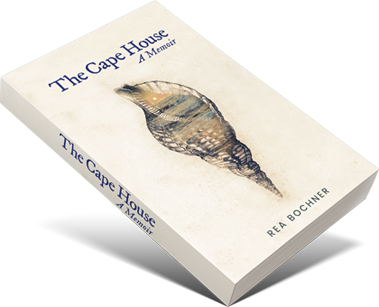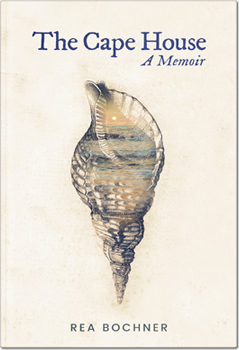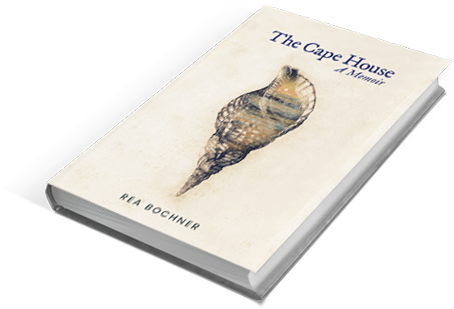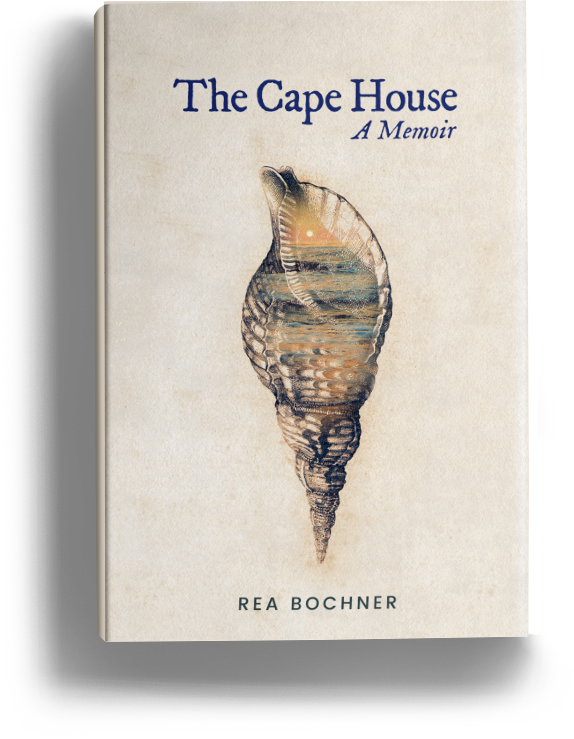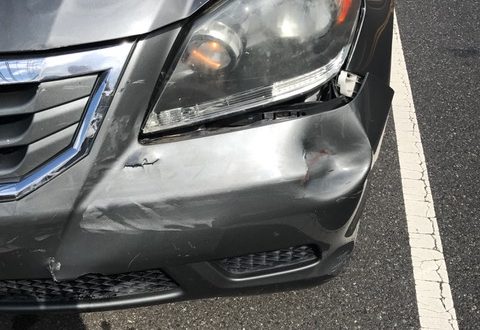When I was in seventh grade, I took a sign language class. It was something I’d always wanted to learn. Aside from the fact that it’s mesmerizing to watch (exhibit A), I was also fascinated by the deaf experience. What must it be like to go through life unable to hear music, or the sound of the ocean? How must it feel to not even know what your own voice sounds like?
The other reason I decided to take the class was because the teacher was hot. A deaf twentysomething named Rob, he was a Channing Tatum look-alike whose sculpted calves and broad, Superman chest were accented to perfection in form-fitting t-shirts, cutoffs, and hiking boots. It hadn’t occurred to me, before I met Rob, that there could be attractive deaf people. In my mind, I had relegated deafness to a disability that cancelled out all other physical and personal attributes. It was similar to the way I viewed my obesity: the only thing that defined me.
I had a lot to learn.
The first week of class, Rob showed us a documentary called “Sound and Fury,” about two deaf parents who struggle with the decision to give their deaf child a cochlear implant that would enable her to hear. Initially, I thought this was a no-brainer: Why would they not want their daughter to hear? But as the film went on, I realized how complicated the issue was. The deaf world, like many marginalized groups, had banded together over time through shared experience and language and defied their “other” status with a sense of pride in their deafness. They had found the support they needed in each other while the more passionate in their camp preferred to give the hearing world, which had been slow to recognize them, the proverbial finger. If these deaf parents chose give their child a cochlear implant, many people in their lives would consider it a betrayal.
Twenty years later, I still remember being blown away by this film. How these people had claimed the thing that made them different and transformed it into a badge of honor. How they could love the part of themselves that other people considered “damaged.” I admired them, and on a subconscious level, wished I could do the same for myself. (That day would come years later, when I joined a community of recovering addicts who were cemented together by a common disease.)
A few days later, Rob was teaching us how to finger spell when I leaned over to a friend sitting next to me and cracked a joke. The two of us chuckled, then jumped as Rob’s booted foot struck the floor, twice, making the walls of the old academic building shake.
His blue eyes locked into mine. “If you joke like that in front of deaf people,” he said angrily, “they will assume you’re laughing at them.”
I shriveled inside. “But I wasn’t…”
The rest of my sentence faded out as Rob moved on with the lesson. If he was no longer looking at me, he couldn’t read my lips – which meant the conversation was over.
That day I learned more about communication than any of the dozens of signs Rob would teach us throughout the course. There was more to sign language than just knowing how to finger spell; it was honoring the deaf experience and understanding their perspective. References I take for granted – my favorite song, for example – they might know, but would never understand the way I do. A comment or facial expression the hearing might think innocuous might be devastating to the deaf. In order to truly communicate with them, I would have to stop thinking of sign language as their bridge to the hearing world, but my bridge to the deaf world. I had to forget about me, and focus on them.
(This, by the way, is the secret to communicating with any human, hearing or deaf.)
For the rest of the class, I could barely look at Rob. I felt like the scum on the bottom of scum’s shoe. But on the way out, he gave me a sympathetic smile and my heart melted – both because he was gorgeous, and because he was telling me he understood.
And for that moment, we spoke the same language.
